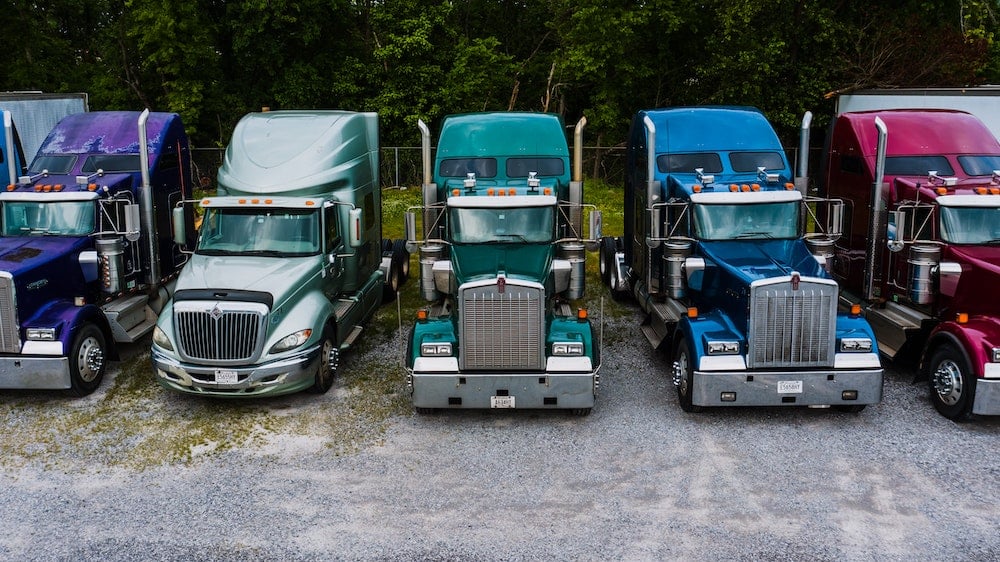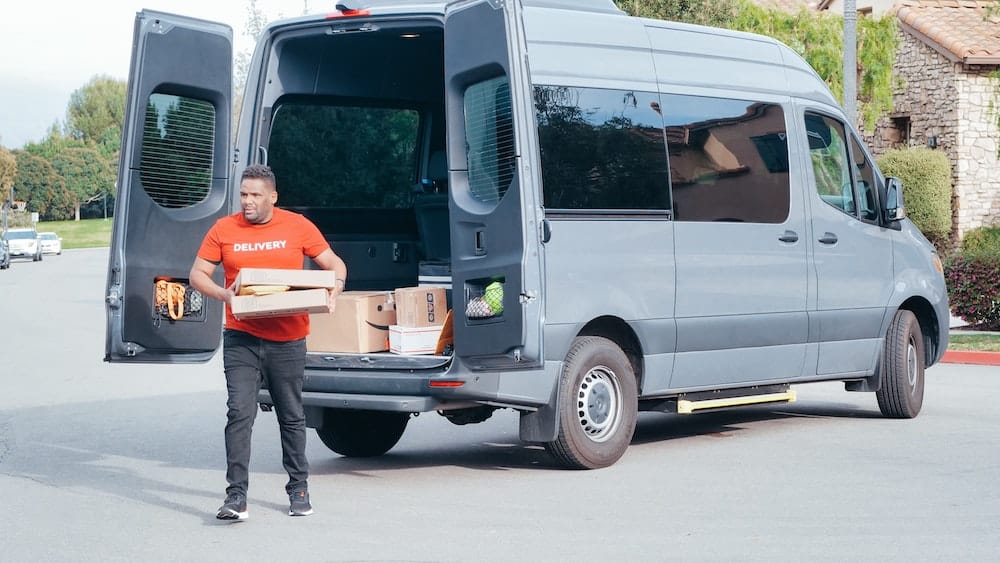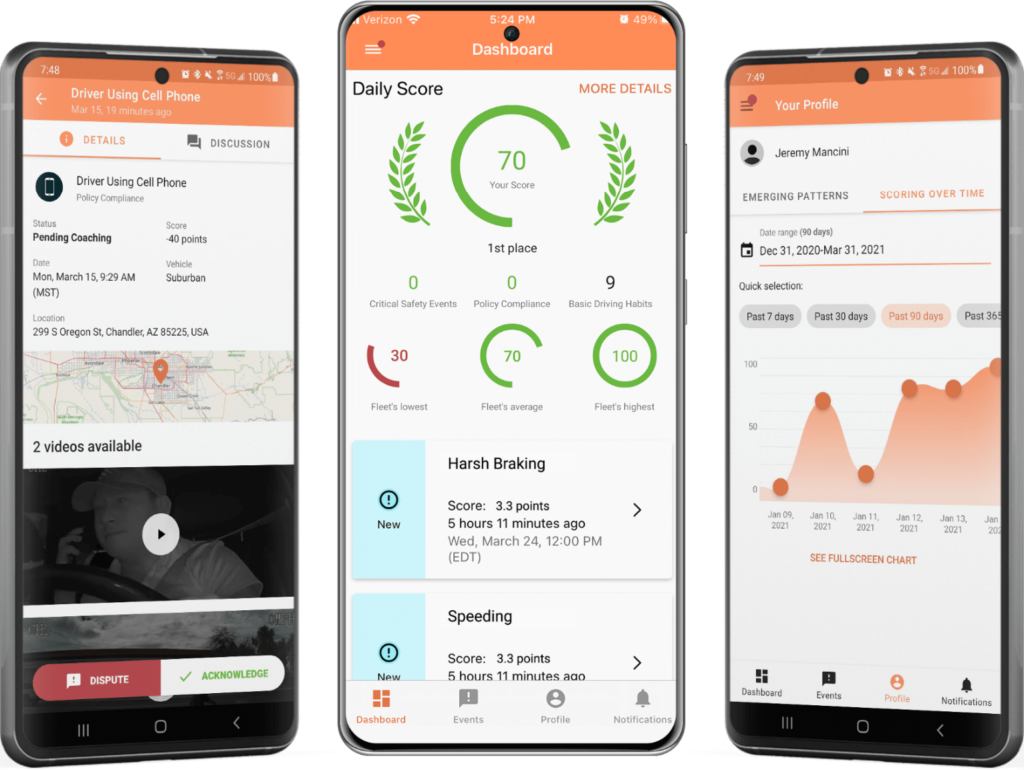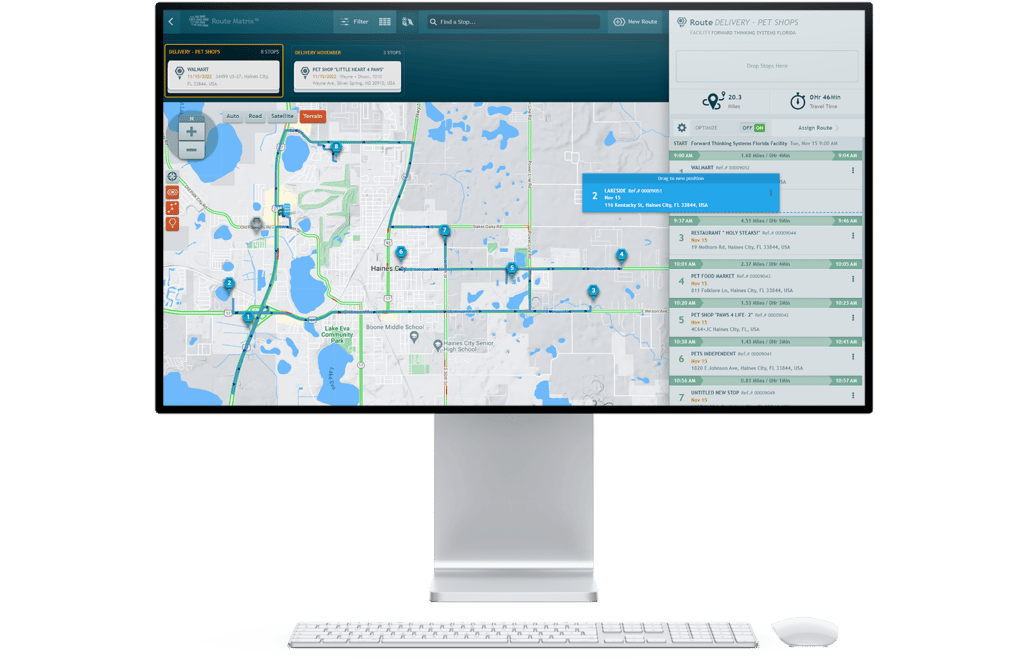Fleet risk management, insurance costs, and driver safety are all major challenges facing the industry today. In 2019, businesses lost over $72 Billion in accidents. And 48% of crashes could have been prevented or mitigated by a single ADAS feature.
By the end of this article, you’ll have several effective ways to combat risks, excessive costs, and other fleet insurance hurdles head-on.
This is part three in our three-part series addressing common fleet management challenges. If you haven’t read Part One or Part Two, be sure to check them out also.
Let’s dive in.

You’re probably overpaying on insurance coverage for your fleet.
A good rule of thumb is to reevaluate your policy every 6 months or at the end of each term and compare it to rates from other providers. But determining exactly what kind of coverage best protects your business and saves you money is no easy task.
Fleet managers should strongly consider working with a broker or specialist to help navigate the fleet insurance landscape to find coverage tailored to the fleet’s specific needs.
By doing so, you can gain insight into how insurance companies determine fleet insurance premiums and ultimately take advantage of those practices to save money.
Consider this advice from Ryan Hanley, President of insurance brokerage Rogue Risk based in Troy, NY…
“That’s the deal with telematics, it kinda forces you to be a good, safe, consistent driver… I highly recommend that you use them. If you want your rates to come down, telematics, in conjunction with safe, consistent driving, will reduce your rates.”
Basically, if you’re not using telematics, dash cams, driver training, etc., you are severely limiting your ability to negotiate lower insurance costs.

You might also have questions about the difference between an insurance agent and a broker.
In short, an insurance agent works for a single insurance agency such as GEICO or Progressive.
On the other hand, a broker is hired by the individual or business seeking insurance. The broker attains quotes from multiple agencies to get the best rate for the business or individual.
If you do opt to look into policies yourself, you’ll find great coverage with any of these fleet insurers, according to Investopedia:
We like this list as well, but again, get multiple quotes.



Accidents are a major risk for fleets, and they can lead to extreme consequences in terms of repair costs, lost productivity, and potential legal liabilities.
According to NETS, “In 2019, U.S. traffic crashes cost employers $72.2 billion,”
There are nuclear verdicts being awarded every year. Insurance companies are very aware of this and it’s getting harder and harder to have more than a handful look at our fleet every year. We’ve had cameras put in every truck to monitor driving habits, and have had to be very consistent with addressing issues. In this day, juries are siding with attorneys that trucking companies are not doing enough, so we’ve really had to increase how much we monitor these habits, which many drivers do not like.
Spencer Linn, VP, East-West Inc.
Fleet managers can implement driver training programs, invest in vehicles with safety features such as stability control or automatic emergency braking, add AI-assisted alert systems, and regularly conduct inspections to reduce the risk in their fleet operations.
Looking for somewhere to start with driver safety?
We recommend having your drivers complete a safety course like this one from the National Safety Council and adding real-time driver safety tools like DriveShield to your fleet.
Again, ADAS and DMS features should also become a priority for fleet managers when purchasing their fleet vehicles moving forward.
Taking steps like these can give you a leverage point in negotiating insurance discounts on top of promoting a safe driving culture. Furthermore, you can improve or protect your reputation and decrease the likelihood of a financial disaster, legal issues, or a drop in your CSA scores resulting from an accident.

Drivers are the front-line soldiers of any fleet safety plan.
At the end of the day, your fleet is only as safe as your drivers are in practice.
One way fleet management can reduce distracted driving, speeding, and other safety issues is to utilize driver monitoring devices and intervention systems.
Businesses can tangibly do this with self-coaching software, in-cab cameras, and score cards.
Many top fleet managers use scorecards and reward systems to incentivize safe driving and mitigate risk.
If you’re thinking of adding this to your strategy, go with rewards like cash bonuses or universal gift cards. And trust us on this; your team isn’t looking for a pizza party or company swag.
They’re trying to pay bills and earn a living.
Thank your drivers, and your drivers will thank you with improved performance.

Theft and damage are also major fleet risks, and they can be difficult to prevent. According to Heavy Duty Trucking, there were 870 cargo thefts in America in 2020, up 23% from 2019. While theft is not overly common, consider that a single incident can easily result in well over $100,000 in lost product or revenue.
To reduce the risk of theft and damage, fleets can utilize security measures such as locks, alarms, cameras, and vehicle or asset tracking devices.
At the end of the day, you want to take as many precautions as you can and get ahead of potential risks. Do this, and your business will thrive.

Define factors such as the size of your fleet, the type of vehicles you have, and the specific risks associated with your fleet operations. It is essential to assess your fleet’s needs and potential liabilities accurately to determine the appropriate coverage limits for your business.
Working with an experienced insurance broker is the best way to do this as they’ll possess valuable insight from similar fleets and deep insurance industry knowledge. They can help you select the right types of coverage, such as liability, full collision coverage, comprehensive, or uninsured/underinsured motorist coverage, based on your specific needs.
Psssst… Want to see how our fleet management solutions can help your company cut costs, improve driver safety, automate driver coaching, lower fleet risks, and improve your chances at getting a lower fleet insurance policy?
Grab a free demo.
Do it.
Do it now.
Right down here. ⬇️

<< Fleet Management Challenges Part One — < Fleet Management Challenges Part Two
Recent Posts
Categories
Stay in Touch
Ready to make fleet management more manageable?